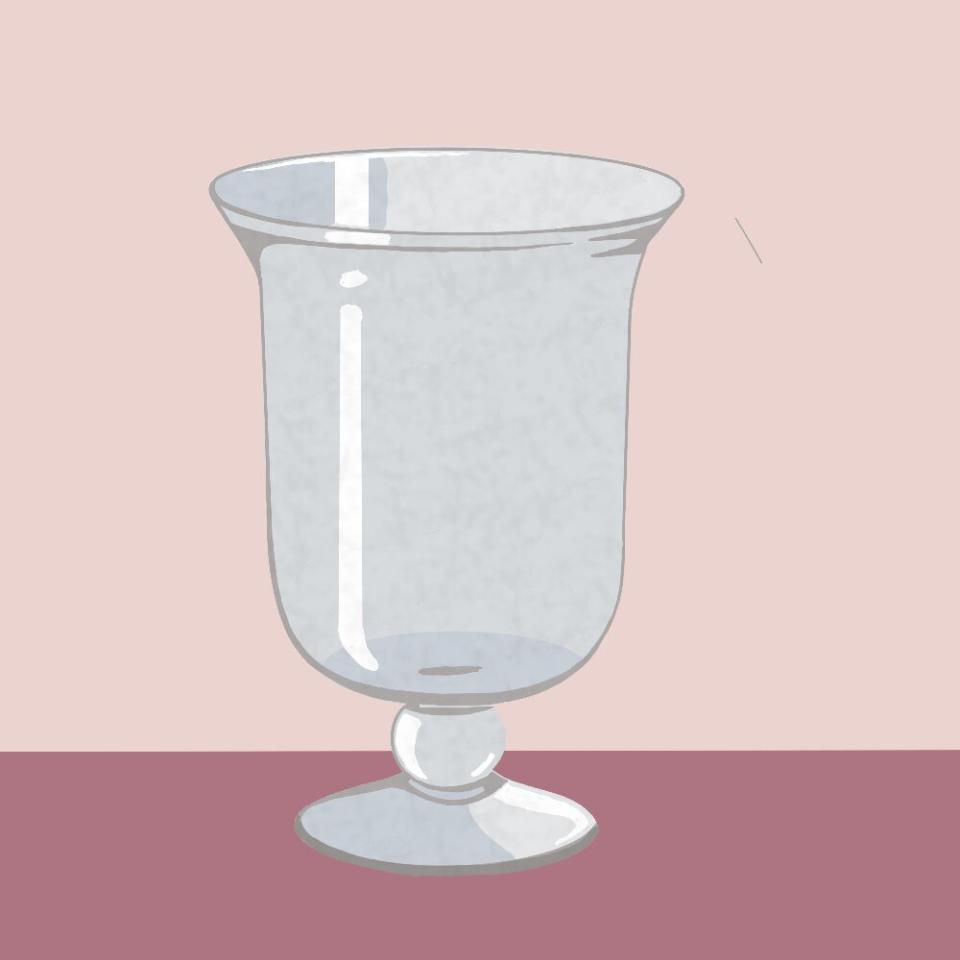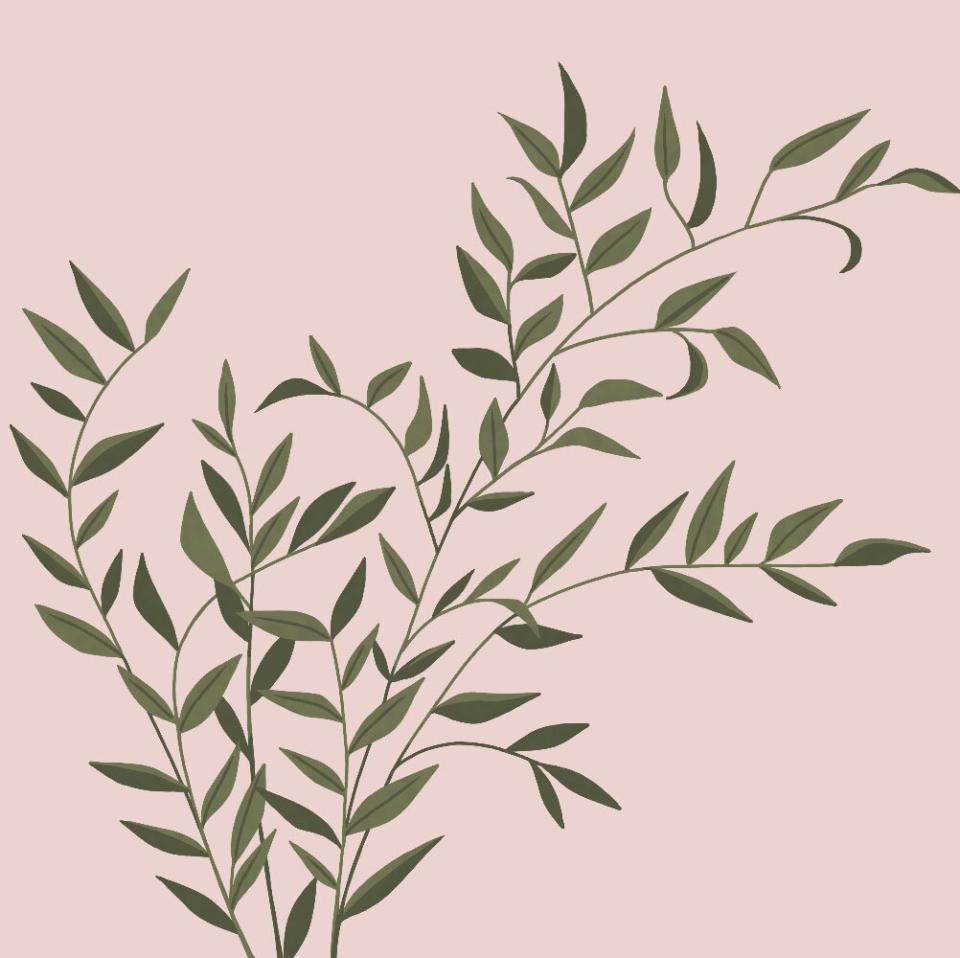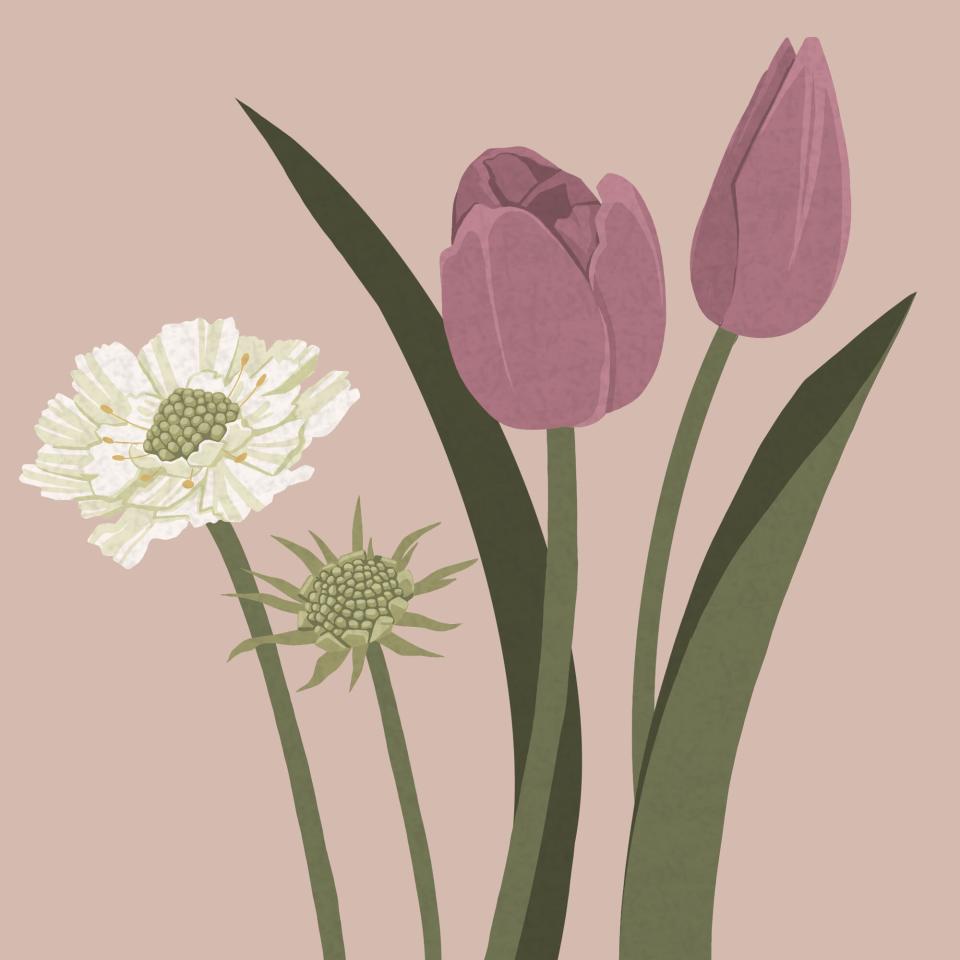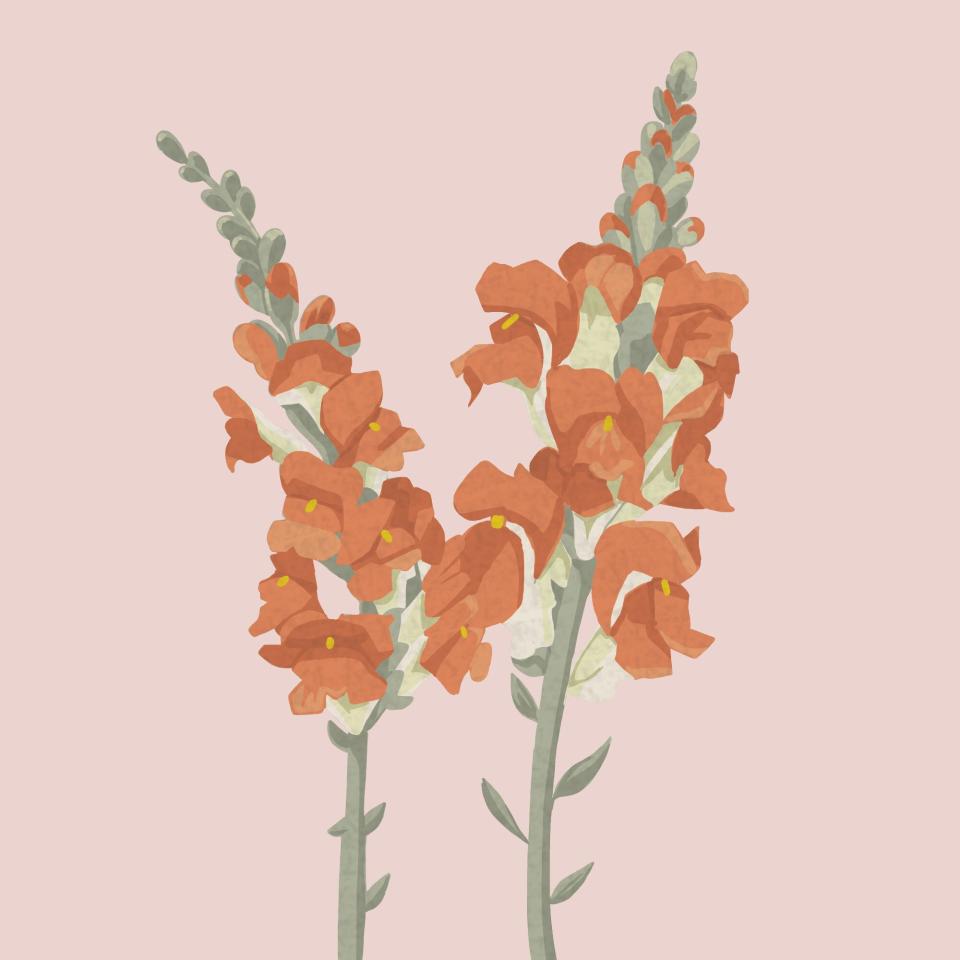This Basic Formula for Creating an Impressive Flower Arrangement Works Every Time

Louise Hagger
Creating a flower arrangement for your home is a natural way to brighten up your space and make it smell amazing. But whether you're choosing blooms from your own garden or buying them from your local grocery store or florist, making a cohesive flower arrangement can be daunting. You need to strike the right balance between eye-catching focal flowers and filler material, which adds texture and depth to your bouquet.
No matter what type of blooms and greenery you're working with, all flower arrangements should have a few staple elements. From modest to impressive bouquets, there is a foolproof formula you can follow that's applicable to any type of flower arrangement, no matter its size.
Related: Our Most Magnificent Flower Arranging Secrets

Corinne Mucha
1. Choose a Vase
When selecting a vessel for your flower arrangement, opt for a vase that suits your needs, as well as one that complements your blooms. Start by considering where you're planning to display your bouquet. If it's going in a smaller area, a shorter vase is a safe bet. If you're hoping to use the arrangement to welcome guests into your home, a taller vase may be a more eye-catching option.
"If you are beginning your love of flower arranging, I suggest a vase with a narrow opening," says Steven Cox, associate director of floral design at Longwood Gardens. "Vases with wide openings are always a challenge."

Corinne Mucha
2. Use Mechanics
Mechanics aren't always necessary, but they're very useful when it comes to holding your blooms in place. "Use mechanics to create structure in your vessel and allow you to build an airy arrangement with less material," says Amy Gofton, founder of Studio Nectar. Common mechanics used by most florists include floral tape, chicken wire, and flower frogs. "The tape we use—usually clear or green—can be used to help break the opening of the vase into smaller segments to take your stems and hold them where you want them," says Cox. "A simple grid of tape on your vase will make your life so much easier."

Corinne Mucha
3. Add Greenery
Create a base layer for your flower arrangement by inserting your greenery first. "This is used to create structure, or a nest in the vessel to support the blooms," says Gofton. "Generally, I like to use two to three different materials to have an interesting base with a lot of texture and depth."
When choosing greenery for your bouquet, consider incorporating a few different textures. "Long wispy grasses look great in a clean simple design, and sometimes you need a big shiny leaf to add drama," says Gofton. This is a great opportunity to forage in your neighborhood—shrubs or even weeds are great options for greenery.

Corinne Mucha
4. Add Focal Flowers
Focal flowers should be the largest and most showstopping blooms in your arrangement. "This is the first place the eye rests and, for me, these blooms define the season and mood of the arrangement," says Gofton. "I generally stick to one to two types of focal flower in my designs." Opt for an odd number of blooms when arranging focal flowers, which will give your bouquet a more natural look.

Corinne Mucha
5. Add Secondary Flowers
For larger arrangements, secondary flowers make for a stunning extra layer between focal and filler flowers. "These are the supporting characters that fill in the spaces around the focal flower and help to create the depth in a chosen color palette," says Gofton. "I often look for blooms with a different shaped head to the focal flower and like to incorporate flowers that are open to different stages—from bud to full blown." Choose a few different types of secondary flowers in varying colors and textures to create a truly unique design.

Corinne Mucha
6. Add Filler Flowers
Observe your arrangement from all angles and find any gaps that need to be filled—that's where your filler flowers come in. Choose tiny multi headed blooming or budded branches or stems. "I add it at the greenery layer as part of my textural mix, and at the end to fill in any awkward spaces or cover mechanics that are exposed," says Gofton. There are a handful of varieties to choose from when it comes to fillers, but solidago, baby's breath, delphinium, and snapdragons are all stunning options.

